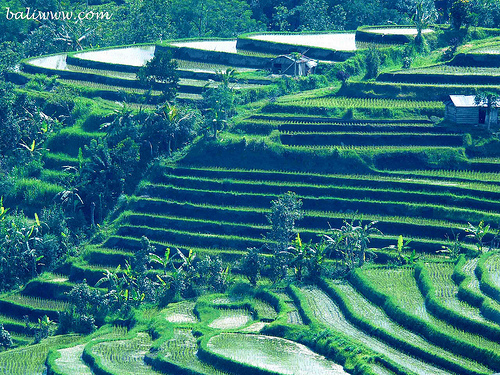|
|
|
|
|---|
Rabu, 21 Januari 2009
Towards the Embodiment of the Mask. Balinese Topeng in Contemporary Practice.
My work explores the process of mask characterisation in Bali as expressed in performances and in the views of individuals. The polyphony of voices of performers, officials, cultural analysts and village audiences gives multifarious expression to a sense of cultural identity. This identity is in continuous flux, as topeng masked dance drama reflects the way in which Bali itself is changing in the contemporary world. Starting with an analysis of the performative principles of masked dance-drama practice, with each chapter I analyse a broader context of the relationship between these basic performative principles and daily life.
The performers’ voices interweave with written discourse on Balinese culture, depicted as in increasing need of protection. Balinese culture (and dance as one of its manifestations) has had to be protected by separating what is truly linked to Balinese tradition (mainly based on religion) from what is not. The separation, at discourse level, has created two domains; one sacred, fixed and exclusively Balinese, and one profane, flexible and able to be “contaminated” through interaction with the outside world.
Balinese topeng moves between these domains. In its increased role within ceremonies it reinforces essential Balinese identity, also the subject of intense media discourse in the post-Bali bombing period. At the same time, as part of the entertainment domain, topeng becomes a medium for reinterpreting traditional concepts and affording performers new freedoms. Recently comedy and laughter, predominating in performances for entertainment and also intruding into the ceremonial domain, have been interpreted by some as empty escapism. Is this indeed how the laughter should be interpreted, or do its capacities to heal trauma and provide release from the pressures of chauvinist cultural discourse connect at a deeper level with contemporary Balinese social reality?Another contemporary development, posing questions for the future of topeng form, is the involvement of women. Women now participate in topeng both for entertainment and ceremonies, but so far have not taken on the most sacred mask. Will they do so in future? Can the basic principles of Balinese performance and cultural identity be extended to allow women to help create harmony with nature through unity with the mask?
Langganan:
Komentar (Atom)






